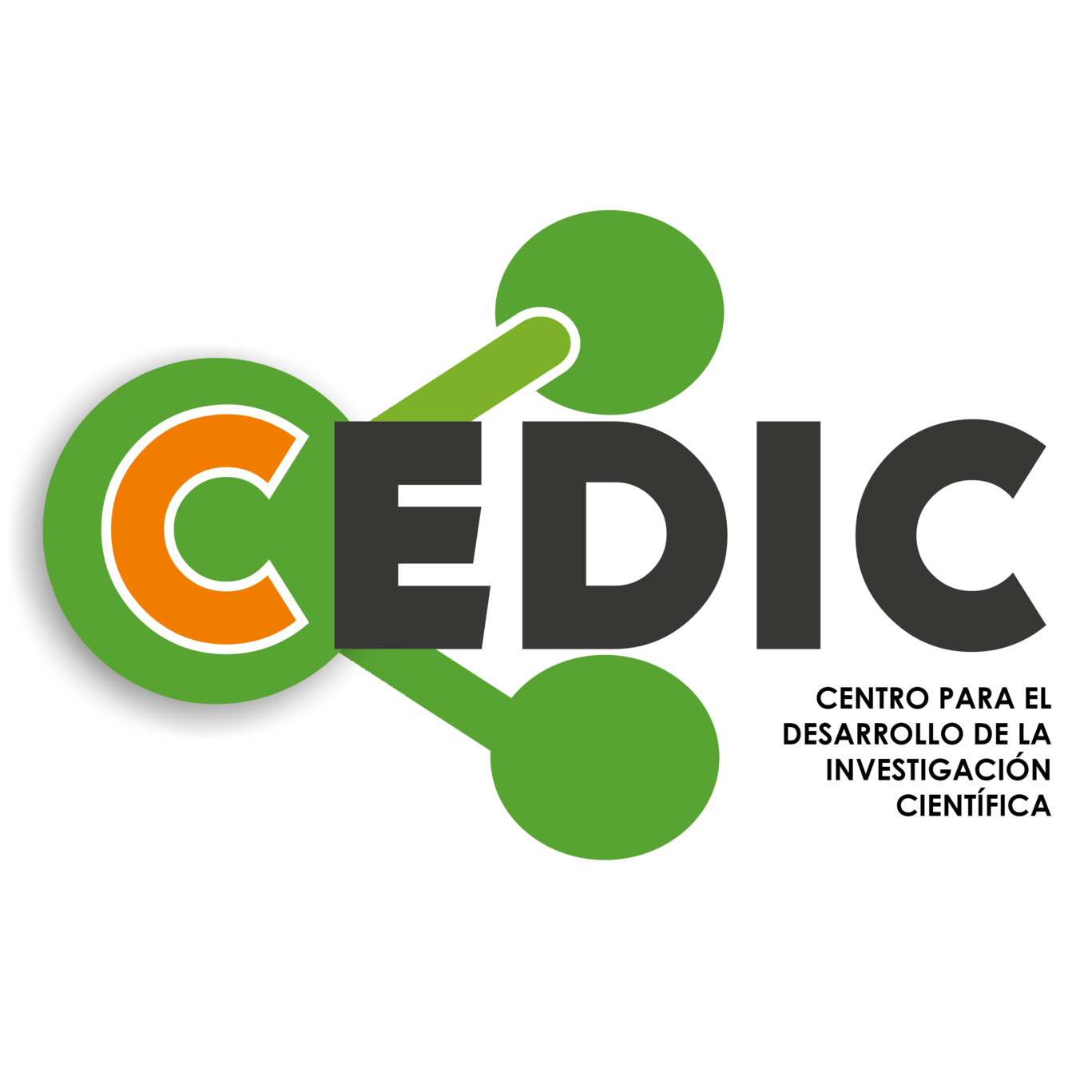Rojas de Arias A, Lehane MJ, Schofield CJ, Fournet A: Comparative evaluation of pyrethroid insecticide formulations against Triatoma infestans (Klug): residual efficacy on four substrates. Mem Inst Oswaldo Cruz; 2003 Oct;98(7):975-80 . Go to the article
Amelotti I, Catalá SS, Gorla DE: Experimental evaluation of insecticidal paints against Triatoma infestans (Hemiptera: Reduviidae), under natural climatic conditions. Parasit Vectors; 2009;2(1):30
Go to the article
Picollo MI, Vassena C, Santo Orihuela P, Barrios S, Zaidemberg M, Zerba E: High resistance to pyrethroid insecticides associated with ineffective field treatments in Triatoma infestans (Hemiptera: Reduviidae) from Northern Arge ntina. J Med Entomol; 2005 Jul;42(4):637-42
Go to the article
Cecere MC, Vázquez-Prokopec GM, Ceballos LA, Gurevitz JM, Zárate JE, Zaidenberg M, Kitron U, Gürtler RE: Comparative trial of effectiveness of pyrethroid insecticides against peridomestic populations of Triatoma infestans in northwestern Argentina. J Med Entomol; 2006 Sep;43(5):902-9
Go to the article
Sfara V, Zerba EN, Alzogaray RA: Toxicity of pyrethroids and repellency of diethyltoluamide in two deltamethrin-resistant colonies of Triatoma infestans Klug, 1834 (Hemiptera: Reduviidae). Mem Inst Oswaldo Cruz; 2006 Feb;101(1):89-94
Go to the article
Alarico AG, Romero N, Hernández L, Catalá S, Gorla D: Residual effect of a micro-encapsulated formulation of organophosphates and piriproxifen on the mortality of deltamethrin resistant Triatoma infestans populations in rural houses of the Bolivian Chaco region. Mem Inst Oswaldo Cruz; 2010 Sep;105(6):752-6
Go to the article
Toloza AC, Germano M, Cueto GM, Vassena C, Zerba E, Picollo MI: Differential patterns of insecticide resistance in eggs and first instars of Triatoma infestans (Hemiptera: Reduviidae) from Argentina and Bolivia. J Med Entomol; 2008 May;45(3):421-6
Go to the article
Marti GA, Lastra CC, Pelizza SA, Garcà a JJ: Isolation of Paecilomyces lilacinus (Thom) Samson (Ascomycota: Hypocreales) from the Chagas disease vector, Triatoma infestans Klug (Hemiptera: Reduviidae) in an endemic area in Argentina. Mycopathologia; 2006 Nov;162(5):369-72
Go to the article
Rojas de Arias A, Lehane MJ, Schofield CJ, Maldonado M: Pyrethroid insecticide evaluation on different house structures in a Chagas disease endemic area of the Paraguayan Chaco. Mem Inst Oswaldo Cruz; 2004 Oct;99(6):657-62
Go to the article
Ramsey JM, Cruz-Celis A, Salgado L, Espinosa L, Ordoñez R, Lopez R, Schofield CJ: Efficacy of pyrethroid insecticides against domestic and peridomestic populations of Triatoma pallidipennis and Triatoma barberi (Reduviidae:Triatominae) vectors of Chagas' disease in Mexico. J Med Entomol; 2003 Nov;40(6):912-20
Go to the article





 [
[